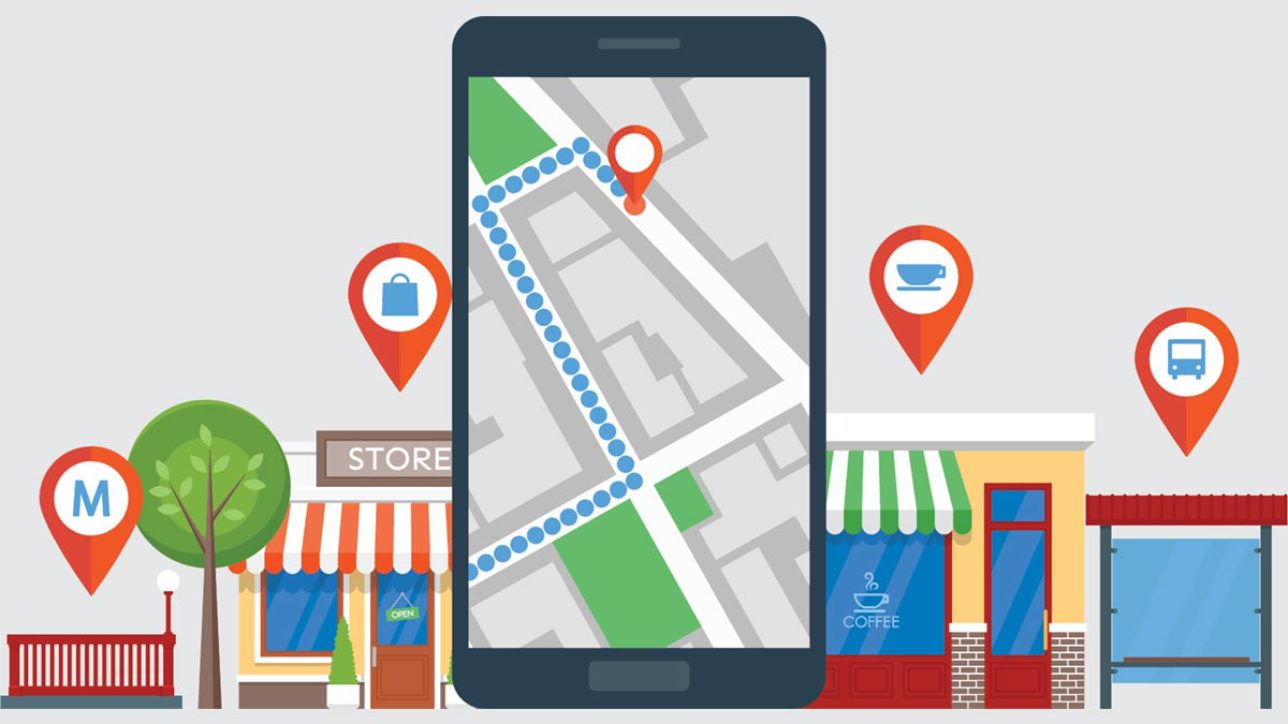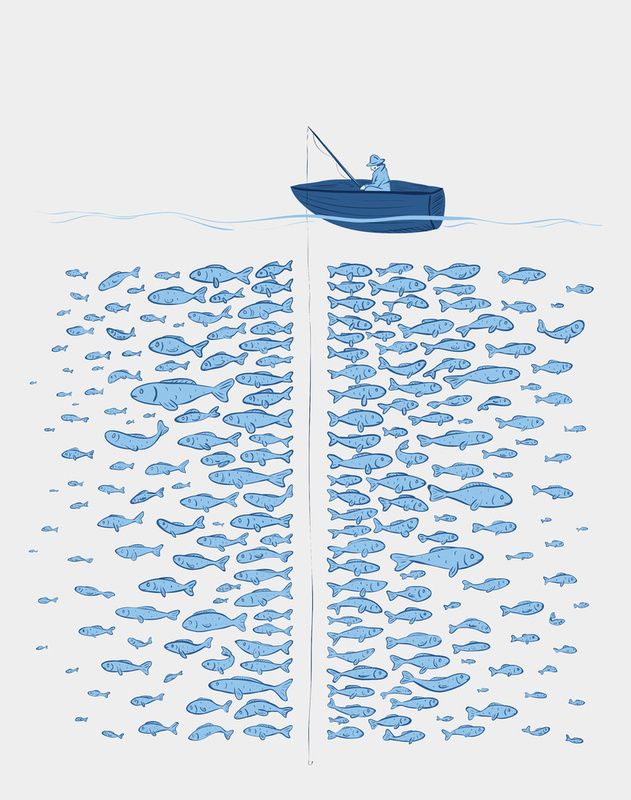The Curse of Knowledge
When you work in the business of ideas, things are bound to get complicated. At Emotive Brand, we mainly work with high-growth, B2B tech companies. Our clients are experts at building big, technical, complex systems that solve real human problems. What they aren’t always experts at, however, is explaining those ideas in a way that feels human and approachable.
We don’t blame them. It’s something that’s often called “the curse of knowledge.” It’s when you’re so immersed in the universe of your product that you have a hard time remembering the rest of the world hasn’t been on the journey with you. This is where jargon, shorthand, and tunnel vision thrives – often to the detriment of your audience’s comprehension.
The Idea and the Selling of the Idea
So, here’s the million-dollar question: how do you explain something complicated in a simple way? This question – the magic trick of turning the difficult into the delightful – is the engine of branding. There is the idea, and then there is the selling of the idea. You can have the best hardware, software, or cloud service in town, but if you don’t take an audience-centric approach to your communications, no one will hear you.
There’s a saying that the moment a piece of art is finished, it no longer belongs to the artist. When you release something to the public, you are surrendering a certain amount of control over its meaning, use, and interpretation. The same is true for your product in the market. It doesn’t really matter what you meant. What matters is what the audience feels.
What Does Your Audience Need to Hear?
As Matt Abrahams, writer at Insights by Stanford Business, says, “Rather than start drafting your presentation, email, or meeting agenda by asking, ‘What do I want to say?’ start by asking, ‘What does my audience need to hear?’ In order to answer this, you might first think about what your audience knows and how they go about knowing.”
Questions are a beautiful place to start. Before you write a single word for your webpage or conference, ask yourself: What is your audience like and why are they here? What keeps them up at night and how can you remedy that? How can you hold a place in their heads and hearts? How might they resist?
It sounds simple, but it’s a radically different approach than what you usually see in the market. How many presentation decks have you sat through that start with a long history of the company, a poorly designed graph, or a disproportionate focus on their own sales, promotions, or services? Meanwhile, the universal human benefit is buried 30 slides later.
The hardest part about writing is knowing what to say and when to say it. The brilliant thing about an audience-centric strategy is that it answers these questions for you. By definition, it’s a strategy that’s built to resonate because it’s built from the audience up.
As Bill Skowronski, writer at Sharing the Good, says, “Audience-centric objectives are built on a deep understanding of the target audience’s needs and desires. Therefore, because the content is strategically designed to help customers, it can be search engine optimized to rank when they’re researching and will directly resonate with them. And because the messaging is audience-centric, it stands out in the industry, differentiating your business from every other one that says they do what you do.”
Complexity vs. Complication
Perhaps there are those out there who hear “simplify” and think “dumb it down.” This couldn’t be further from the truth. Simplicity is not at war with complexity – it’s at war with confusion.
In his TED talk “Simplifying Complexity,” ecologist Eric Berlow describes the difference between complexity and complication beautifully. “For me, a well-crafted baguette, fresh out of the oven is complex. But a curry, onion, poppy, cheese bread is complicated.” He goes to explain how in understanding the interconnectedness of species, you need to embrace the big picture in order to see the easy solution. “We’re discovering in nature that simplicity often lies on the other side of complexity. So, for any problem, the more you can zoom out and embrace complexity, the better chance you have of zooming in on the simple details that matter most.”
Everything vs. the Right Thing
That’s the exact exercise brands need to do in creating audience-centric communications. Google, for instance, is about as complex as a company can be, yet they always keep their messaging simple. Their dense web of technical prowess isn’t wasted, it’s just used to stitch simple human truths everyone can remember and understand.
Here’s Google’s mission: “Our mission is to organize the world’s information and make it universally accessible and useful.” Imagine for a moment you built Google and know everything about it. Think of how easy it would be to make that statement more comprehensive, more technically accurate, and more complicated, essentially making it worse.
That’s the burden of “the curse of knowledge.” You’re constantly fighting the urge to explain everything, instead of leaving your audience with the one perfect thing they need to make a decision.
To learn more about crafting audience-centric communications, contact Founding Partner Tracy Lloyd.
Emotive Brand is a brand strategy and design agency in San Francisco.
Image credit: Getty Images













